
How to Plan the Perfect Rain Garden Design
Published: 25/01/2023 | Updated: 03/04/2023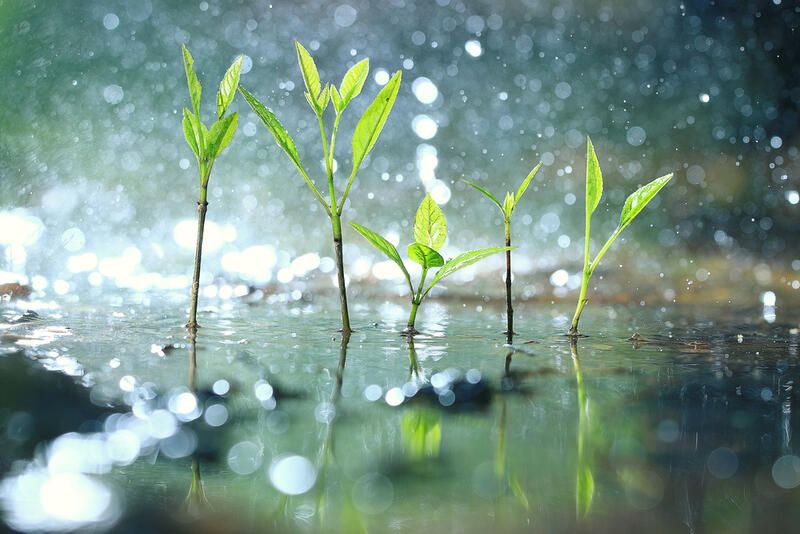
What does your yard mean to you?


Many homeowners make design choices that end up turning their yards into just another chore they have to do rather than enjoyable spaces.
That doesn't sound fun now, does it?
Your yard should be a personal getaway where you can relax and not a maintenance nightmare.
We believe your outdoor space can become so much more than just a stretch of green land with shallow roots.
Unlock your yard's full potential with a rain garden design!
By opting for a rain garden, you will be creating a self-maintaining water filtering system that will be a superhero to our environment and a visually beautiful addition to your outdoor space.
What Are Rain Gardens?
Rain gardens are planted ponds that lay at a lower level than their surrounding land.
They're designed to capture stormwater water runoff and filter it from pollution before distributing it through the soil.
A rain garden on the surface looks like a regular garden bed but it's a lot more significant than that.
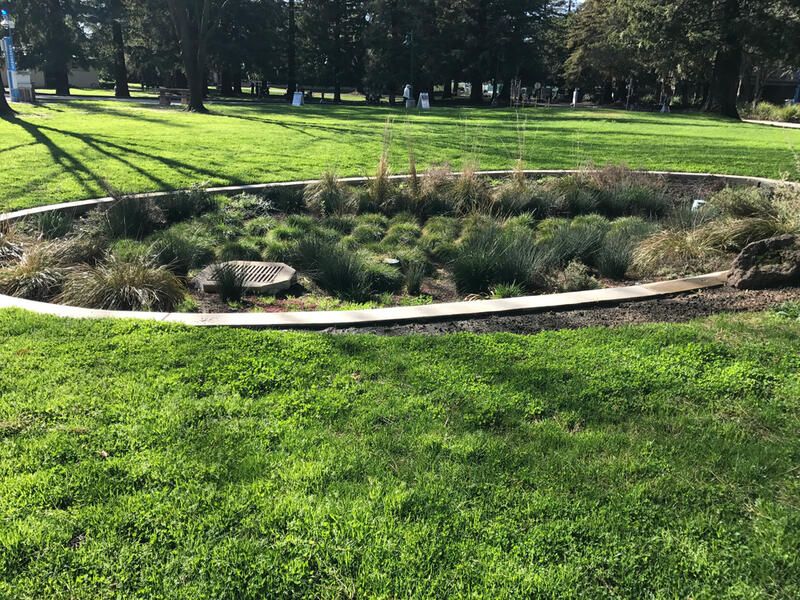
Here's Why They're Cool
Rain gardens are features that serve more than just one function, here are a few reasons why they're super cool.
1. They help restore the natural order
Rain gardens are typically designed over a gentle slope or a natural depression in a garden surface.
This design helps keep the water within the soil and creeks rather than running over hard surfaces, collecting more pollution, and going into lakes or natural systems.
2. They double as a habitat for pollinators
The native plants and perennial wildflowers typically planted in a rain garden provide shelter and food for wildlife and native pollinators.
These pollinators are essential to crop growth as almost all food crops in the U.S. depend on them.
3. They function as a pollution control center
Rain gardens improve water quality by filtering out pollutants and chemicals.
This water is then drained back into the soil clean and healthy.
4. Self-maintained features
When you create a rain garden, you're reducing the surface area of the lawn that you have to mow and maintain but that's not the best part.
Rain gardens maintain themselves, for the most part, so you won't need to water them.
Once established, you will only need to mulch your rained garden occasionally to prevent clogging and suppress weeds.
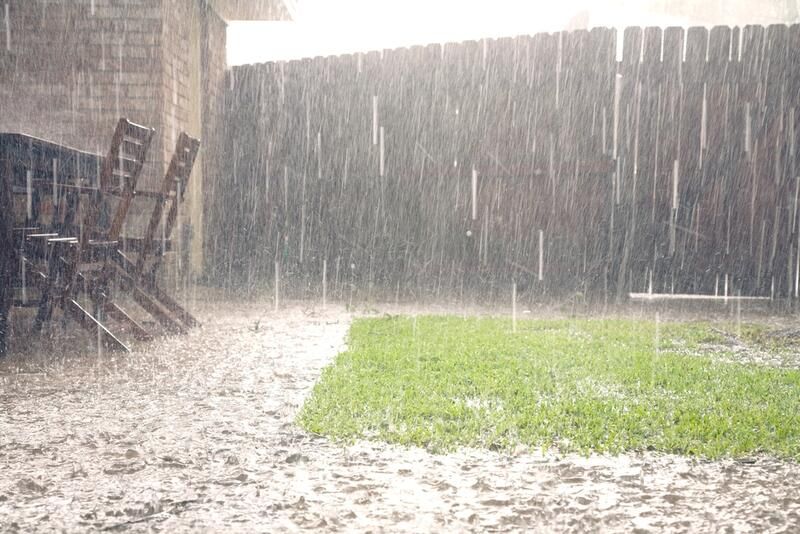
5. They reduce flood risk
These gardens help redirect stormwater runoff away from your home's foundation so excess water won't sit on top of your driveway or end up draining into your basement and causing it to flood.
6. They're super eco-friendly
Stormwater runoff is proven very harmful to humans and lethal to animals.
When a rainstorm happens, the access water runs over hard surfaces and collects even more chemicals and toxins before draining into storm drains or the storm sewer system.
This runoff often gets directed to nearby rivers or water streams contaminating the water.
Rain gardens reduce the load on the sewer system during heavy rainfall and prevent runoff altogether during regular storms.
7. Customizable and personal
Just like any good landscape project, rain gardens will give you the ability to get creative and add your personal touch.
When designing a rain garden, choose a color palette that suits your preference and add decorative pieces and statues. This will help you create a very personal and functional piece of artwork.
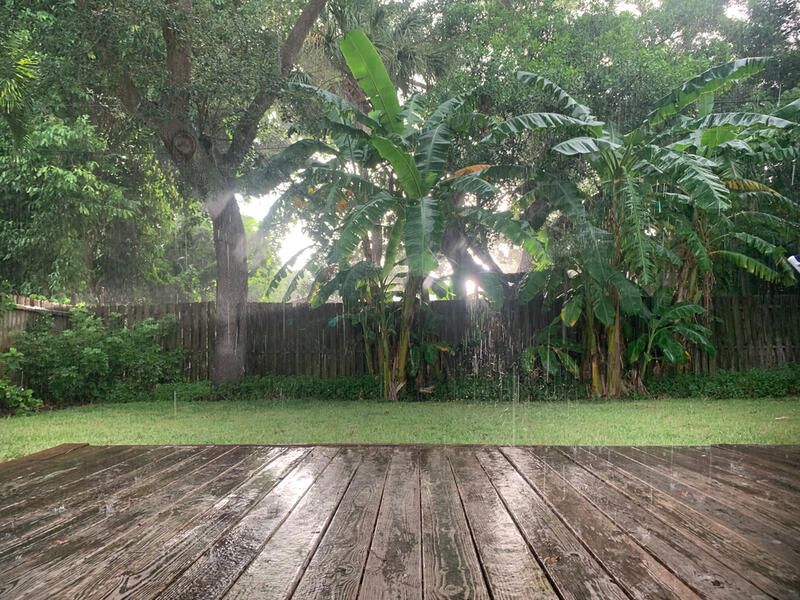
The Anatomy of a Rain Garden
Most rain gardens are 8 to 12 inches deep and typically consist of 3 areas.
The center of a rain garden is the deepest part and the one that collects water runoff the most. You'll need to consider thirsty plants for this area.
the next area is a bit higher; it surrounds the first zone we mentioned and helps with gradual water flow. You'll have more freedom with the plants you can choose for this area.
The last part of a rain garden is the highest one or the perm. This part helps water stay inside the garden.
For this outer part of a rain garden, we usually use native grasses and ground cover to help make a clean transition between the lawn and the garden.
Every rain garden should be designed to have two features:
An in-flow: There should be a rock or pebbles entry point to help slow the water flow down and distribute it, so it doesn't overwhelm the soil.
An overflow: When working on your rain garden, you should never skip an overflow to protect your garden during strong storms and heavy rain.
This overflow feature will make sure that any excess water beyond your garden's capacity will spill over or flow out of your garden.
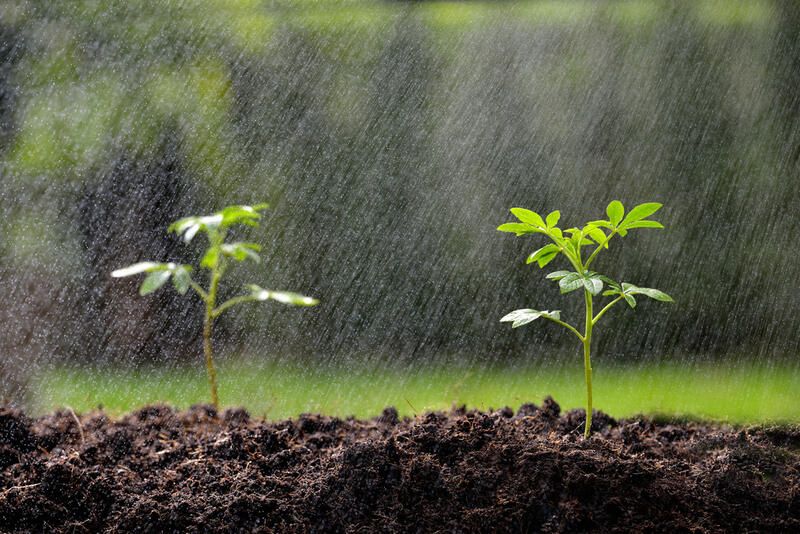
Steps to creating the perfect rain garden design
To design and build a rain garden that's both practical and beautiful, there are a few things you'll have to be mindful of.
1. Choosing a location
The ideal location for your rain garden is a lower area where water usually puddles up when it rains.
You should make sure your rain garden is at least 10 feet away from your home to avoid leakage near your foundation.
You will be able to redirect downspout water into your garden using a small trench and a pipe.
2. Be a good neighbor (Avoid underground utility lines)
Our lawns hide a huge amount of power, internet, and other utility lines. It's important to avoid these lines when digging for your garden.
You can easily get help flagging areas where the underground utilities are to avoid interfering with them while digging.
3. Test your soil for good measures
The plants used in a rain garden usually have very deep root systems to help the idea of quick water drainage. An infiltration test is easy to do and will help you know if your soil is fit for a rain garden or if you'll need to add soil amendments and compost to balance it out.
Testing your soil will also educate you on the type of soil you have and what it would need to grow a rain garden. Sandy soil, for instance, will need water-absorbing compost and clay soil will need organic matter and mulch mix to prevent clogging.
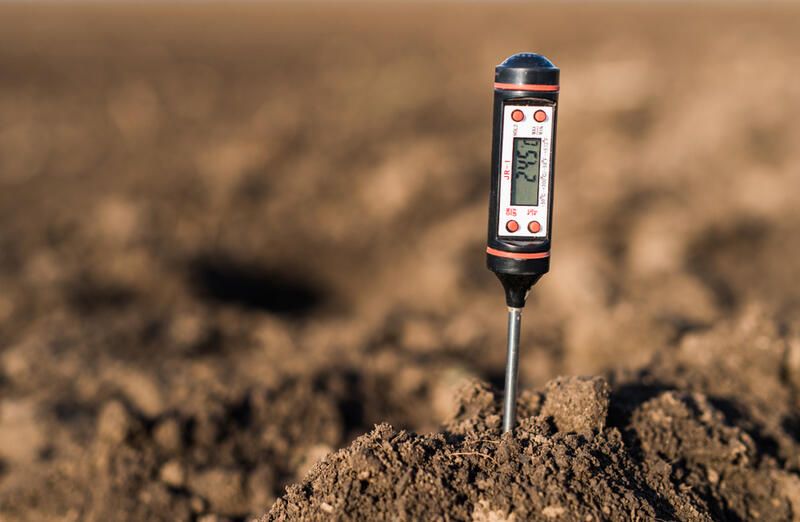
4. You're ready to dig!
When digging your rain garden, make sure to follow the anatomy we discussed.
Dig a shallow basin of about 9 ft with the deepest part at the center and create a berm at the otter part to help direct water into your garden.
You can then add your well-draining soil mix and start planting.
Make sure to select water-loving plants for the middle part since this is the area with the most standing water.
What should be the size of a rain garden?
Most rain gardens are between 100 to 200 square feet. Though, the size of your rain garden should depend on the size of the area that will drain into it.
The easiest way to go about this is to divide the size of your roof or the area that will drain into your garden by 4, this should be an ideal range for the size of your garden.
Some of The Best Rain Garden Plants
Swamp milkweed: This plant will add a pink pop to your garden in summer and is super pollinator friendly. It thrives in zones 3 to 6 and grows about 6 feet tall.
Lady fern: A moisture-loving shade plant, it thrives in zones 4 to 8 and grows up to 3 feet in height.
Astilbes: These plants are available in a wide variety of types and colors that all thrive in zones 4-8.
Coral bells: If you're looking for an eye-catcher, coral bells are the perfect pick. they grow in zones 3-8 and are considered long-blooming perennials.
Daylilies: Daylilies are highly adaptable and various, so they're granted to add color and life to your rain garden.
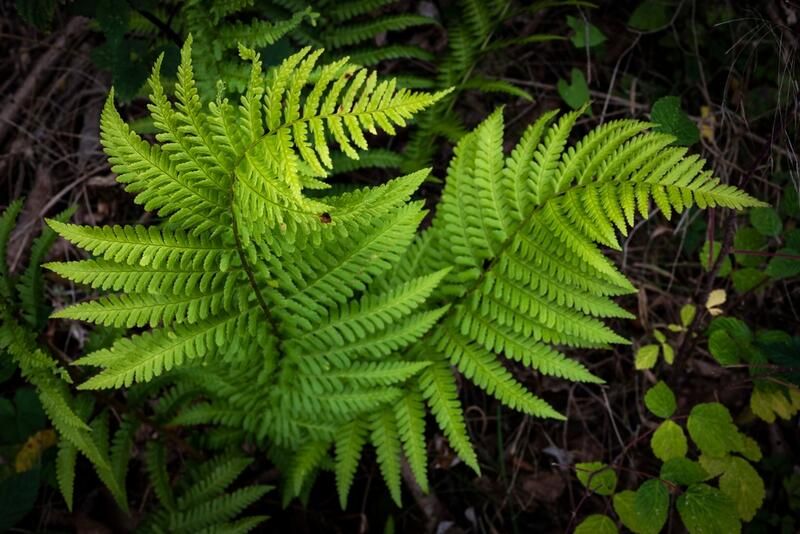
Planning makes perfect!
Your rain garden should flow within your yard and feel like a part of the whole.
To achieve that, you should be mindful of your garden's style, shape, and design sequence.
Whether you're working on your rain garden yourself or getting professional help, it's always best to have a clear plan to follow to avoid surprises during the installation phase.
Shrub Hub can help!
Our highly efficient design service will provide you with perfect planning with accurate measurements and immaculate plant selections all in a dreamy design that will fit right into your space.
Check out our holiday specials to make the most of your investment.
Visit shrubhub.com


